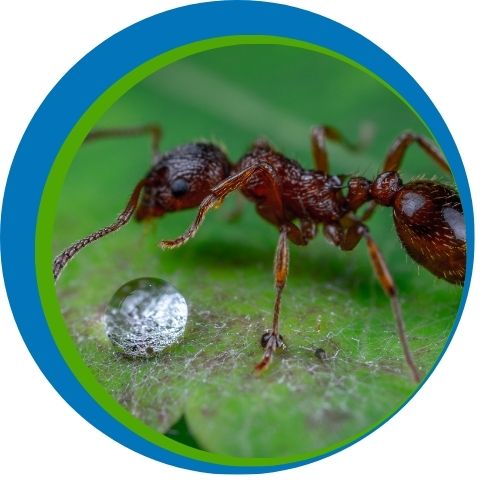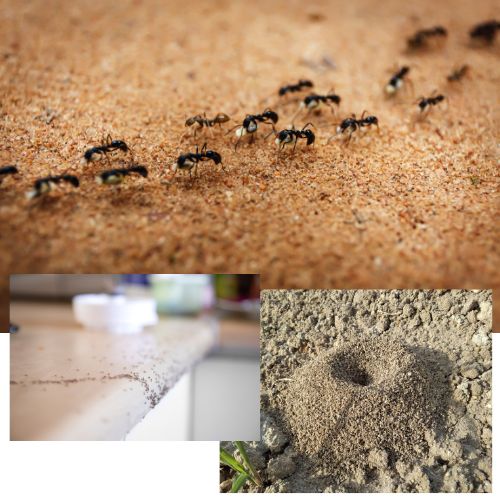Ant Control Services in Namibia

Ants in Namibia
Namibia is home to a remarkable diversity of ants, adapted to survive in one of the harshest environments in the world. From the arid Namib Desert to the savannah and woodlands of the north, ants play a vital role in maintaining ecological balance. These small but resilient insects are essential for soil aeration, seed dispersal, and the natural recycling of organic matter. Some species, such as harvester ants, help spread the seeds of native plants, supporting vegetation in otherwise nutrient-poor soils. Others act as natural cleaners, feeding on dead insects and organic debris.
In urban and agricultural areas, ants are often noticed when they invade homes, gardens, or crops in search of food and water. Common pest species, including sugar ants and biting red ants, can become a nuisance, especially during the hot summer months. At the same time, Namibia’s larger and more aggressive species, such as soldier ants, are known for their powerful bites and organized foraging raids. Despite their sometimes troublesome behavior, ants are a fascinating part of Namibia’s natural heritage. Their adaptability and cooperation make them one of the most successful insect groups, thriving in both wild landscapes and human-dominated environments across the country.
Why are ants classified as pests?
People often classify ants as pests because, despite their important role in ecosystems, they can cause problems when their activities conflict with human interests. Here are the main reasons:
Food Contamination – Ants are highly attracted to sugary and greasy foods. When they invade kitchens, pantries, or storage areas, they can contaminate food supplies, making them unhygienic and unsafe.
Structural Damage – Some species, like carpenter ants, excavate wood to build their nests. Over time, this can weaken wooden structures in houses, furniture, or fences.
Agricultural Impact – In fields and gardens, ants may protect sap-sucking insects such as aphids, mealybugs, and scale insects because they feed on their honeydew. This relationship allows these pests to multiply and damage crops.
Bites and Stings – Certain ants, such as red ants or fire ants, bite or sting aggressively. Their attacks can be painful, cause allergic reactions, and in severe cases, be a health risk to humans and animals.
Large Infestations – Ant colonies are highly organized and can grow very large. Once established, they may spread quickly into buildings or outdoor spaces, making them difficult to control.
In short, ants become “pests” not because of their natural behavior, but because of the inconvenience, damage, or health risks they cause when they interact too closely with people.

"We offer specialized ant treatments that lasts for weeks."

Call Now 081 666 1865 or fill in our Quick Response Form
